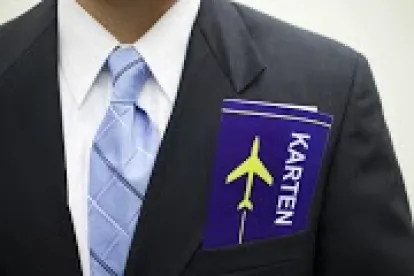Many of us like to make New Year’s resolutions, and I am no exception. This year I have resolved to dust off all of the exercise equipment in my house and get into shape. I seem to have this resolution every year (with not the greatest success!), and for the last several years I have offered the same New Year’s resolution to employers, which is to get ahead of the curve on the H-1B visa process rather than waiting until the last minute.
The H-1B is the main work visa for U.S. employers to employ highly skilled foreign professionals. The filing window for H-1Bs opens each year on April 1, and this past year on the first day of filing, employers filed 235,000 applications for the available 85,000 H-1Bs. The demand for H-1Bs in 2015 was unprecedented, with employers having less than a 40% chance of winning the H-1B lottery and securing H-1B visas for essential employees. As the economy continues to improve we expect an even greater demand for H-1Bs in 2016, so we again suggest that employers begin planning now to maximize their chances of winning the lottery and to explore other possible work visa options.
Why now? The H-1B application process involves two distinct steps. First, the employer files a labor condition application (“LCA”) with the U.S. Department of Labor. The LCA requires the employer to attest to the wages to be paid to the foreign worker, that the employer is providing working conditions that will not adversely affect the working conditions of workers similarly employed, that there is not a strike or lockout in the occupational classification at the place of employment and that the employer has provided notice of the filing of the LCA. Second, after the LCA is certified by the DOL, the employer files a petition with U.S. Citizenship and Immigration Services seeking approval to employ the foreign worker in H-1B status. An employer cannot file the H-1B petition without first obtaining DOL certification of the LCA.
Delays often occur in the LCA process. Although the DOL generally adjudicates LCA applications within seven business days, the sheer number of LCA applications filed at the start of the H-1B filing window often stresses the DOL’s systems. Some employers have been completely shut out of the H-1B lottery due to delays in obtaining LCA approval which prevents the timely filing of the H-1B petition. Getting started on the LCA and H-1B process well in advance of the April 1 filing date, rather than waiting to start until the last two weeks in March, allows employers to overcome potential DOL processing delays.
Because employers’ odds of winning the H-1B lottery continue to shrink, we also suggest exploring other work visa options. For example, many foreign students in the U.S. obtain 12 months of employment authorization upon graduation from college. In certain circumstances, foreign students with STEM degrees from a U.S. college are eligible for an additional 17 months of employment authorization (a total of 29 months). Moreover, under a proposed regulation currently being reviewed, the STEM work authorization would be extended to 24 months, providing qualified foreign students a total of 36 months of uninterrupted work authorization. Such a lengthy term of work authorization would provide employers several attempts in the H-1B lottery. Another option to explore is the TN visa, which is available to Canadian and Mexican citizens working in a professional occupation covered by the NAFTA Treaty.
The H-1B cap remains a continuing challenge for employers looking to lock up key talent to help their company grow its business. With some advance planning, companies can at least try to tilt the odds a little in their favor.




 />i
/>i